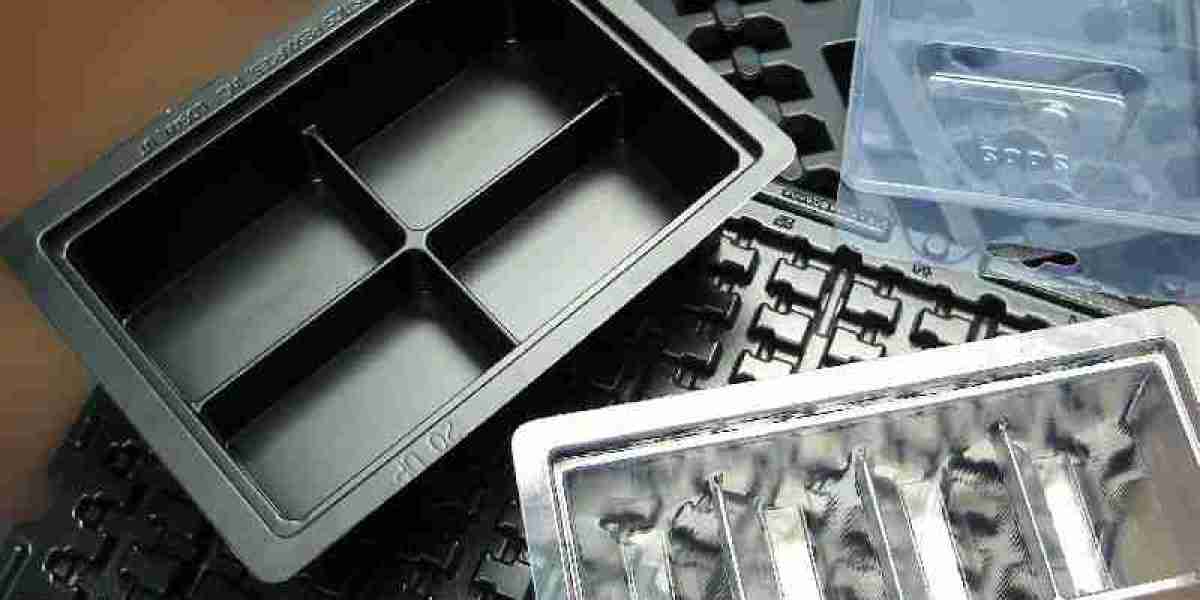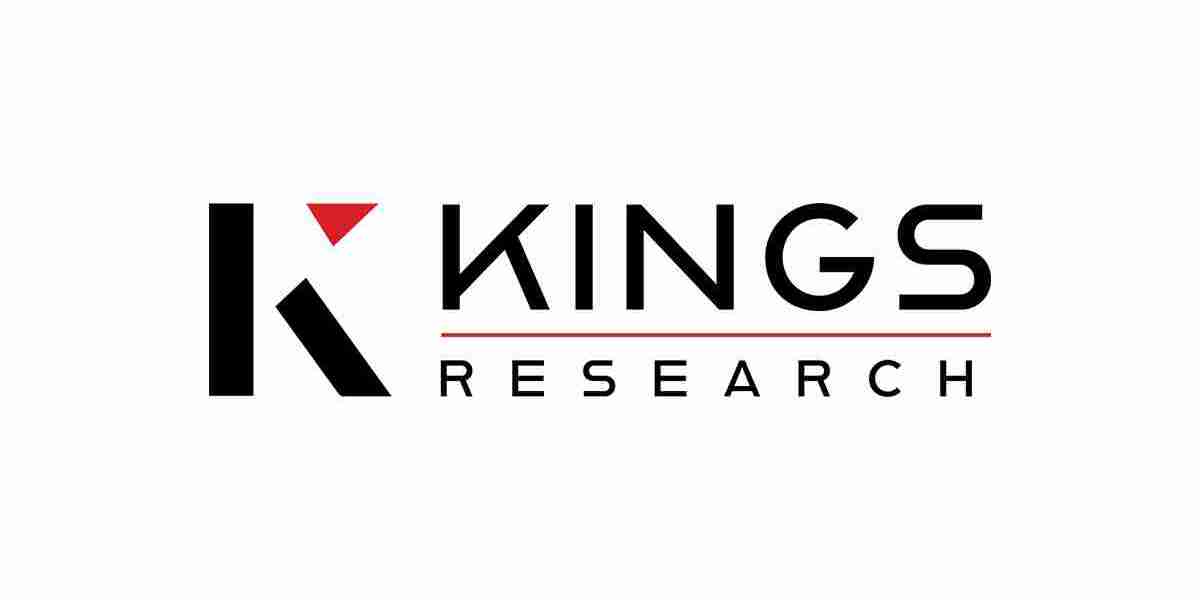The blister packaging market continues to evolve as companies focus on innovation to meet the demands of a rapidly changing consumer landscape. Trends such as sustainability, automation, and smart packaging are reshaping the industry, driving new developments in design, materials, and manufacturing processes. This article explores the key trends and innovations in the blister packaging market, highlighting their impact on various sectors like pharmaceuticals, food, and consumer goods.
1. Sustainable Packaging Solutions
One of the most significant trends in the blister packaging market is the increasing shift toward sustainability. Consumer and regulatory pressures have led packaging manufacturers to explore eco-friendly alternatives to traditional materials like PVC and PET. Innovations in sustainable blister packaging include:
Biodegradable Materials: Companies are developing blister packs made from biodegradable plastics and plant-based materials. These materials break down naturally over time, reducing the environmental impact of packaging waste.
Recyclable Packaging: There is a growing emphasis on designing fully recyclable blister packs. Packaging manufacturers are using materials like PET, which can be recycled more easily, in response to the rising demand for recyclable solutions.
Reduction in Plastic Usage: Companies are working to reduce the overall amount of plastic used in blister packs. Some are opting for alternatives such as paper-based blister packaging, which is biodegradable and has a lower environmental impact.
Closed-loop Recycling: Some blister packaging companies are exploring closed-loop recycling systems, where used packaging is returned and reprocessed into new packaging materials, further reducing the demand for virgin materials.
2. Smart Packaging
The integration of technology into packaging solutions has given rise to "smart packaging," a trend that is gaining momentum in the blister packaging market. Smart packaging uses technology to enhance functionality, improve product safety, and engage consumers. Key developments include:
RFID and NFC Technology: Radio Frequency Identification (RFID) and Near Field Communication (NFC) technology are being incorporated into blister packs to provide enhanced traceability, security, and authentication. These technologies are particularly beneficial in the pharmaceutical sector, where ensuring product integrity and preventing counterfeiting are critical.
Temperature and Humidity Sensors: Blister packs designed with embedded sensors can monitor temperature and humidity levels, ensuring that sensitive products such as pharmaceuticals and perishable foods are stored and transported under optimal conditions.
Interactive Packaging: Companies are increasingly using QR codes, augmented reality (AR), and NFC technology to create interactive blister packaging. Consumers can scan packaging to access detailed product information, instructions, and promotions, enhancing the user experience.
3. Automation and Efficiency in Manufacturing
Manufacturers are leveraging automation technologies to improve production efficiency and reduce costs in blister packaging production. Innovations include:
Robotic Automation: The use of robots for tasks such as sorting, filling, and sealing blister packs helps streamline the manufacturing process, reduce labor costs, and improve consistency and quality control.
3D Printing: 3D printing is being explored for producing customized blister packaging prototypes and molds, reducing lead times and enabling greater design flexibility. This technology also allows for small-scale production runs without the need for expensive tooling.
Advanced Thermoforming Techniques: Thermoforming, a key method in blister packaging production, is being optimized to reduce material waste and energy consumption. Manufacturers are using more energy-efficient machines and processes that minimize the environmental impact of production.
4. Customization and Personalization
There is a growing demand for customized and personalized blister packaging, driven by trends in consumer preferences and the need for brand differentiation. Innovations in this area include:
Custom Shapes and Sizes: Blister packaging manufacturers are offering more flexible design options, allowing companies to create unique shapes and sizes that suit their products. This customization helps improve product presentation and functionality, particularly for specialty products or high-end items.
Personalized Branding: Companies are investing in high-quality printing and labeling technology to create packaging that reflects their brand identity. Custom printing allows for better communication of brand values, product information, and promotional messages.
Interactive and Eye-Catching Designs: As part of branding efforts, manufacturers are incorporating attractive designs, transparent windows, and unique finishes to make blister packaging stand out on store shelves or e-commerce platforms.
5. Increased Focus on Product Safety and Integrity
Blister packaging plays a critical role in safeguarding products, particularly in the pharmaceutical and food industries. Innovations aimed at improving product safety and integrity include:
Child-Resistant Packaging: With the rise in regulations surrounding the safety of pharmaceutical and over-the-counter products, manufacturers are developing blister packs with child-resistant features. These packs are designed to prevent accidental ingestion of medications by children.
Tamper-Evident Features: Blister packaging manufacturers are integrating tamper-evident seals and security features to ensure the integrity of products, particularly in the pharmaceutical sector. These features help prevent counterfeiting and unauthorized access to products.
Protective Barriers: New advancements in barrier materials are improving the protection of sensitive products from external elements like light, moisture, and oxygen. This is particularly important for the pharmaceutical industry, where maintaining the efficacy of medications is crucial.
6. Growth in E-commerce and Online Retailing
The rise of e-commerce is another key driver of innovation in the blister packaging market. The demand for packaging that is cost-effective, lightweight, and capable of providing protection during shipping is leading to new developments in packaging design and materials. Innovations in e-commerce packaging include:
Optimized Packaging for Shipping: E-commerce companies are increasingly focusing on packaging that reduces waste and minimizes shipping costs. Blister packaging solutions that are lightweight, durable, and compact are preferred for online orders.
Protective Features for Online Shipping: Blister packs are being designed to offer better protection during transportation, with enhanced sealing, cushioning, and shock-resistant properties to prevent damage during shipping.
Easy Unboxing Experience: As e-commerce continues to grow, companies are looking for ways to improve the unboxing experience for customers. Interactive, easy-to-open blister packaging designs are being introduced to create a memorable experience for consumers.
7. Regulatory Compliance and Innovation
The blister packaging industry is subject to various regulations, particularly in the pharmaceutical and food sectors, which are driving innovation in packaging solutions. Regulatory standards for child safety, tamper evidence, and product labeling are prompting manufacturers to develop new packaging designs that comply with these rules while maintaining functionality and aesthetics.
Final Thoughts
The blister packaging market is witnessing significant trends and innovations, driven by the need for sustainability, technological integration, customization, and safety. As consumer expectations evolve and industries face new challenges, companies in the blister packaging sector must continue to innovate and adapt. From eco-friendly materials to smart packaging solutions, the future of blister packaging looks promising, offering a range of opportunities for businesses to enhance product presentation, protect contents, and meet growing regulatory demands.




